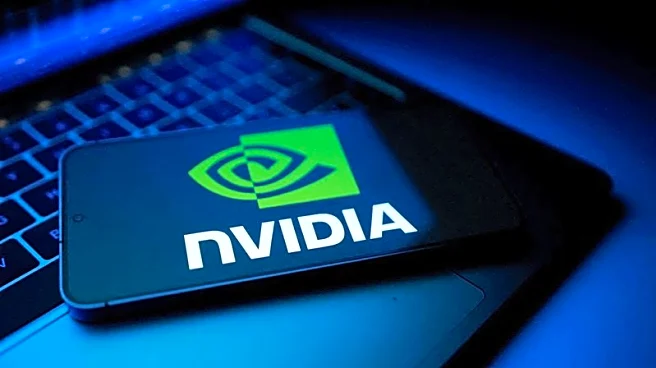What's Happening?
The global Radio Access Network (RAN) market has shown steady activity in the third quarter of 2025, with revenues reaching nearly $8 billion, according to a report by Omdia. This figure includes hardware
and software but excludes services. The top vendors globally were Huawei, Ericsson, Nokia, ZTE, and Samsung. When excluding China, Ericsson led the market, followed by Huawei, Nokia, Samsung, and ZTE. The report highlights positive momentum outside China, with expectations for low single-digit growth in the global RAN market excluding China. In North America, the leading vendors were Ericsson, Nokia, and Samsung, while in Asia and Oceania, Huawei, ZTE, and Nokia topped the list. Europe saw Ericsson, Nokia, and Huawei as the top suppliers, and in the Middle East and Africa, Huawei, Ericsson, and Nokia led the market.
Why It's Important?
The growth in the RAN market signifies ongoing advancements in telecommunications infrastructure, which is crucial for supporting the increasing demand for mobile connectivity and data services. The leadership of companies like Ericsson and Huawei in various regions underscores their significant role in shaping the future of global telecommunications. The expansion of artificial intelligence-driven and cloud-native architectures is accelerating RAN transformation, particularly in the Asia-Pacific region. This development is vital for enhancing network efficiency and scalability, which can lead to improved service delivery and innovation in mobile technology. The market dynamics also reflect the competitive landscape among major vendors, influencing strategic decisions and investments in the telecom sector.
What's Next?
The report suggests that while Japan remains a leader in open vRAN deployments, other countries in the Asia-Pacific region are engaging in pilot deployments and trial activities. This indicates a gradual shift towards more transformative network architectures, combining functional disaggregation and virtualization. As these technologies mature, they are expected to drive further innovation and competition in the RAN market. Stakeholders in the telecom industry may focus on expanding their capabilities in open vRAN to capitalize on its potential benefits, such as cost efficiency and flexibility in network management.
Beyond the Headlines
The adoption of open vRAN represents a significant shift in the telecom industry, emphasizing multi-vendor collaboration and technological integration. This approach could lead to more diverse and resilient network ecosystems, fostering innovation and reducing dependency on single-vendor solutions. The move towards virtualization and open interfaces may also encourage new entrants and smaller players to participate in the market, potentially democratizing access to advanced network technologies.













